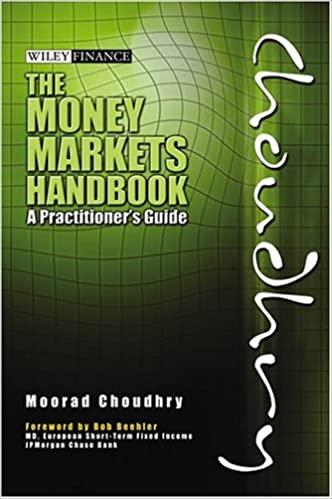Question
How would you respond to this post? Capital budgeting, capital rationing, or capital allocation as the term I used in large companies represents the planning
How would you respond to this post?
Capital budgeting, capital rationing, or capital allocation as the term I used in large companies represents the planning and forecasting that accompany decisions to invest significant amounts of money into assets or concepts that have a long-term value to the company. Internal Rate of Return (IRR) compares the expected return for a project to the required return on investment specified by the investors (Byrd, Hickman, & McPherson, 2013). When I worked for Bank of America planning and managing large projects, we referred to the required rate of return as the hurdle rate. Each project proposal had to exceed the hurdle rate in order to be considered. The IRR had to be included in the executive summary and served as a go/no go decision point. Net Present Value (NPV) measures the amount of financial benefit a project provides in current dollars by calculating the present value of future cash flows minus the cost of the investment (Byrd et al., 2013). A positive calculation represents situations where the project creates more value that the cost of the project. There is a net positive impact from the project. The Payback approach calculates the number of years that it will take to recoup the initial investment in the project (Byrd et al., 2013). The payback is normally measured by calculating the net benefit from the project or the incremental revenue or profitability created by the project or asset. For example, a plumbing company that operates with 10 plumbing vans and 10 plumbers might decide that business warrants adding an 11th van and plumber. The payback from the 11th van would be calculated from the net profit generated by the operation of the van and the plumber. Decisions using a payback analysis are normally performed using the excess profits created above the required rate of return (Juhasz, 2011). In this example, the normal rate of return is the profit from the first 10 trucks, therefore, the profit from the 11th truck is excess of the normal profit.
Step by Step Solution
There are 3 Steps involved in it
Step: 1

Get Instant Access to Expert-Tailored Solutions
See step-by-step solutions with expert insights and AI powered tools for academic success
Step: 2

Step: 3

Ace Your Homework with AI
Get the answers you need in no time with our AI-driven, step-by-step assistance
Get Started


